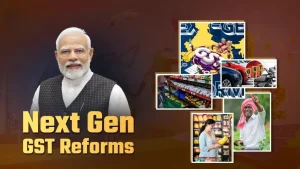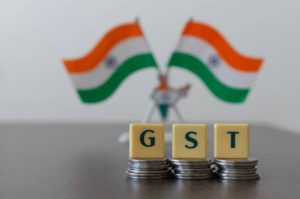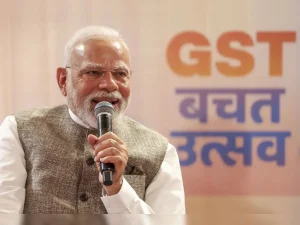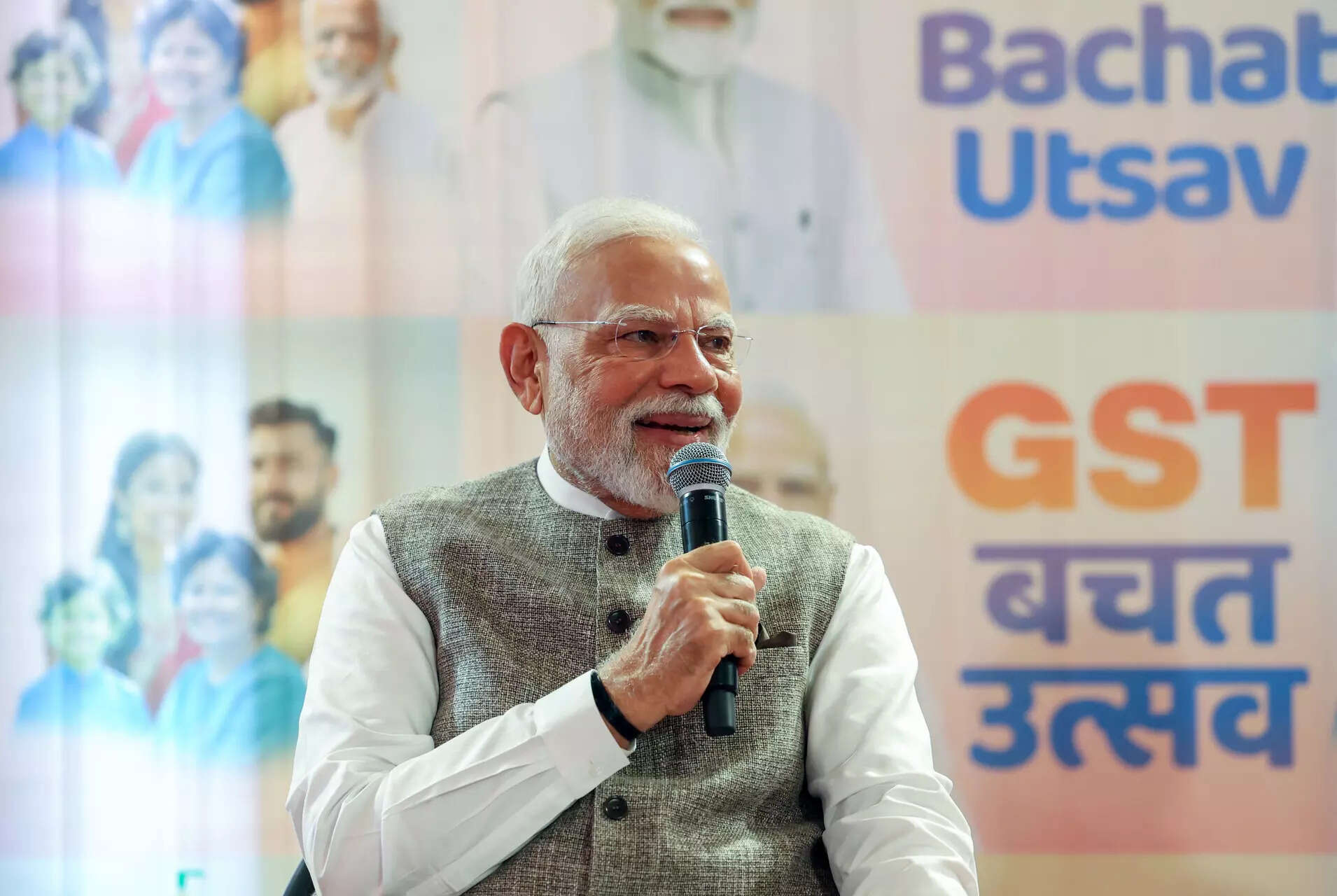New Delhi – Prime Minister Narendra Modi has written a comprehensive letter to the nation explaining how the newly implemented GST reforms will benefit every section of Indian society while contributing to the goal of achieving Viksit Bharat by 2047. The transformative tax changes, which represent the most significant overhaul of India’s consumption tax system since the original 2017 GST launch, promise substantial savings and economic growth across all sectors.
In his detailed communication to citizens, Modi emphasized that the GST reforms will strengthen India’s journey toward self-reliance while boosting savings for farmers, women, youth, the poor, middle class, traders, and MSMEs. The comprehensive restructuring demonstrates the government’s commitment to creating a more efficient and equitable taxation system.
Simplified Tax Structure and Consumer Benefits

The GST reforms have streamlined India’s complex tax structure from four slabs to essentially two primary rates of 5% and 18%. According to government data, 99% of goods that previously attracted 12% GST have been shifted to the lower 5% bracket, resulting in immediate cost reductions for consumers across the country.
Modi highlighted in his letter that the GST reforms will make daily essentials such as food, medicines, soap, toothpaste, and insurance either tax-free or subject to the lowest 5% tax slab. This restructuring addresses the needs of common citizens while reducing the financial burden on essential commodities.
The Prime Minister noted that activities like building homes, purchasing vehicles, dining out, and traveling have all become more affordable under the new GST reforms, creating what he termed a “GST Savings Festival” that coincides with the ongoing festive season.
Economic Impact and Savings Projections


Modi’s letter revealed that Indians will collectively save ₹2.5 lakh crore through the combined effect of GST reforms and previously announced income tax changes. This substantial savings represents a significant boost to household budgets and disposable income across different economic segments.
The GST reforms, when combined with income tax cuts that ensure zero taxation up to ₹12 lakh annual income, create comprehensive financial relief for the emerging neo-middle class. Modi noted that 25 crore people have risen above poverty in recent years, forming an aspirational demographic that will particularly benefit from these changes.
Swadeshi Focus and Manufacturing Support


The GST reforms are strategically designed to strengthen India’s local manufacturing base as part of the broader Aatmanirbhar Bharat initiative. Modi urged citizens to support products “Made in India” during the festive season, emphasizing that purchasing swadeshi products involves supporting items containing “the sweat and toil of an Indian.”
Modi’s letter connected the GST reforms to job creation and economic opportunities for Indian workers and artisans. He explained that every purchase of domestically manufactured products helps families earn their living while creating employment opportunities for youth across the country.
MSME and Trader Benefits
Small industries, shopkeepers, traders, entrepreneurs, and MSMEs will experience greater ease of doing business and compliance under the GST reforms. Modi’s letter emphasized that these businesses will benefit from lower taxes, reduced prices, and simpler rules, leading to better sales and reduced compliance burdens.
The GST reforms specifically address the needs of small businesses by creating more opportunities for growth, particularly in the MSME sector which forms the backbone of India’s economy. The simplified structure reduces administrative complexity while maintaining revenue efficiency.
Regional Implementation and Trader Response
During his visit to Arunachal Pradesh and Tripura, Modi interacted with local entrepreneurs and self-help groups to explain the practical benefits of GST reforms. Local traders expressed enthusiasm about the changes, noting that construction costs will fall, housing will become more affordable, and cheaper raw materials will help produce cost-efficient local products.
Modi observed that shopkeepers and traders are already displaying “then and now” boards showing tax comparisons before and after the GST reforms, demonstrating the tangible impact of the changes on business operations and consumer prices.
Long-term Vision and Economic Unity
The GST reforms build upon the success of the original 2017 GST implementation, which Modi described as creating “One Nation, One Tax” uniformity. The current changes take this concept further by simplifying the system, reducing rates, and putting more savings directly into citizens’ hands.
Modi’s letter positioned the GST reforms as essential steps toward achieving the Viksit Bharat vision by 2047, emphasizing that walking the path of self-reliance is imperative for reaching this collective goal. The reforms represent both immediate relief for citizens and strategic foundation-building for India’s long-term economic development.
Festive Season Implementation
The timing of GST reforms during the Navaratri festival creates additional significance, as Modi declared this period a “Bachat Utsav” or savings festival. He encouraged citizens to use the festive season to embrace both the financial benefits of tax reform and the cultural values of supporting indigenous products and craftsmanship.


